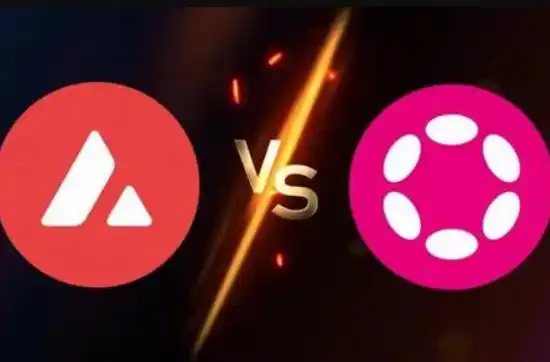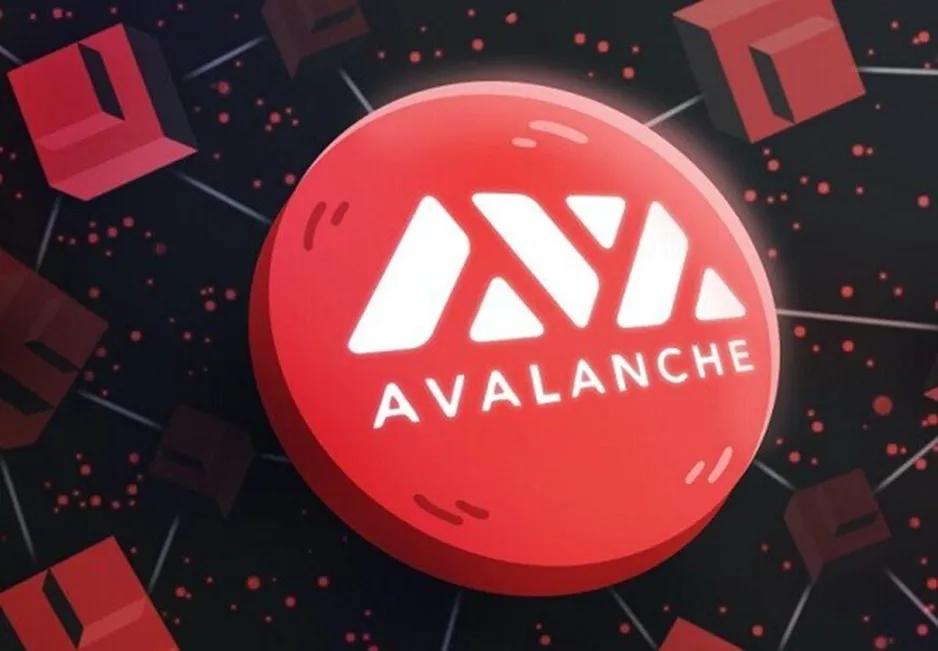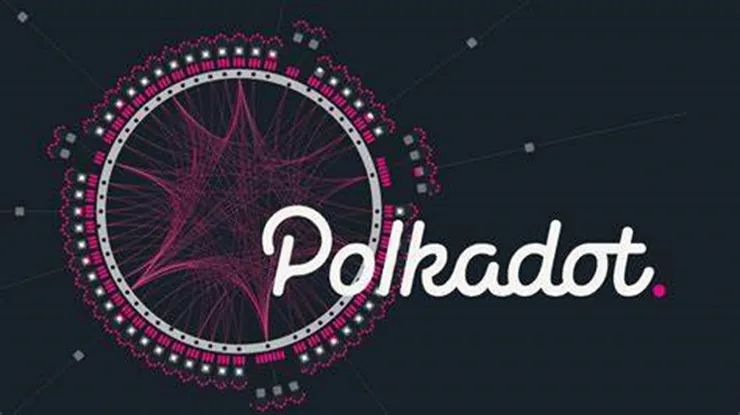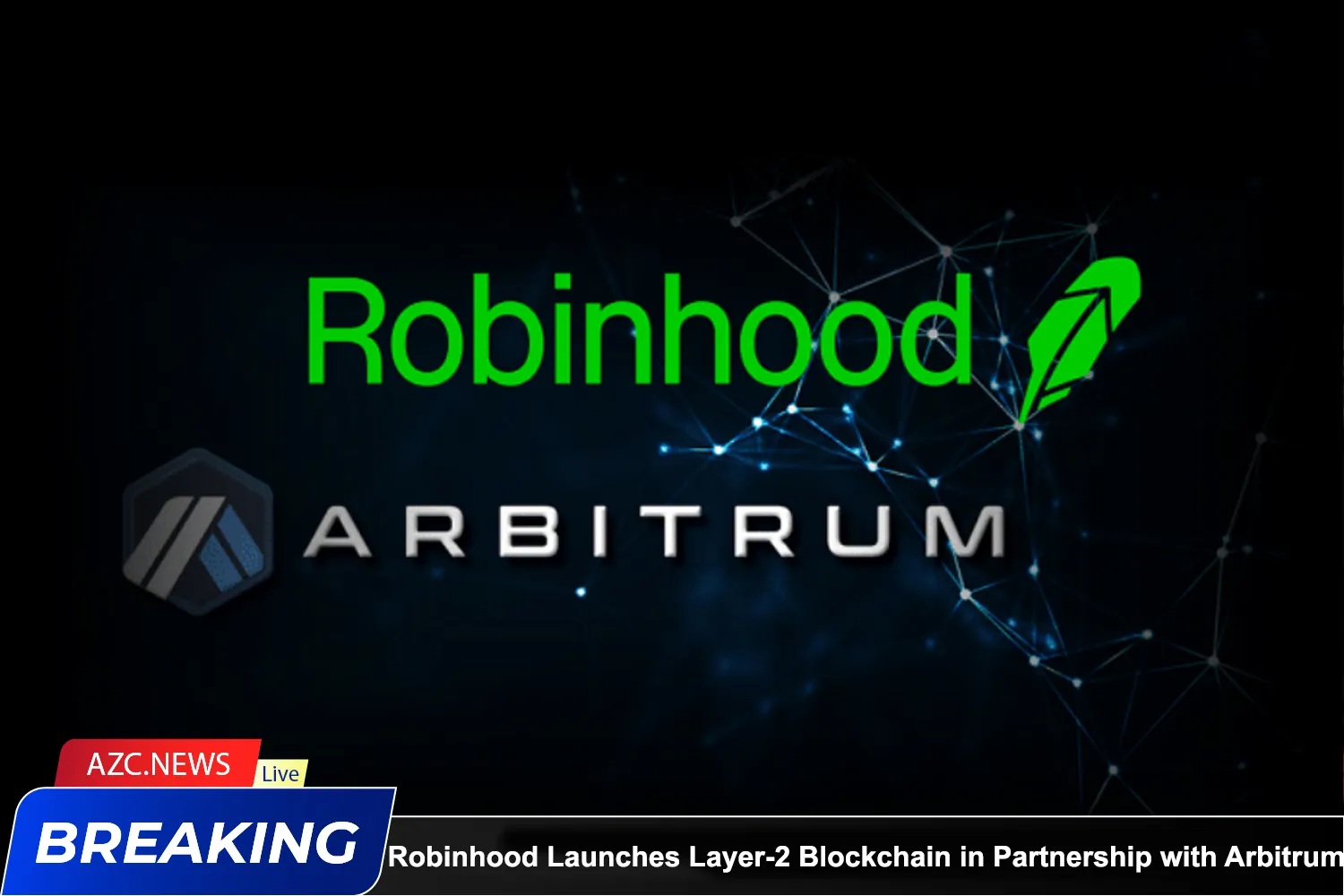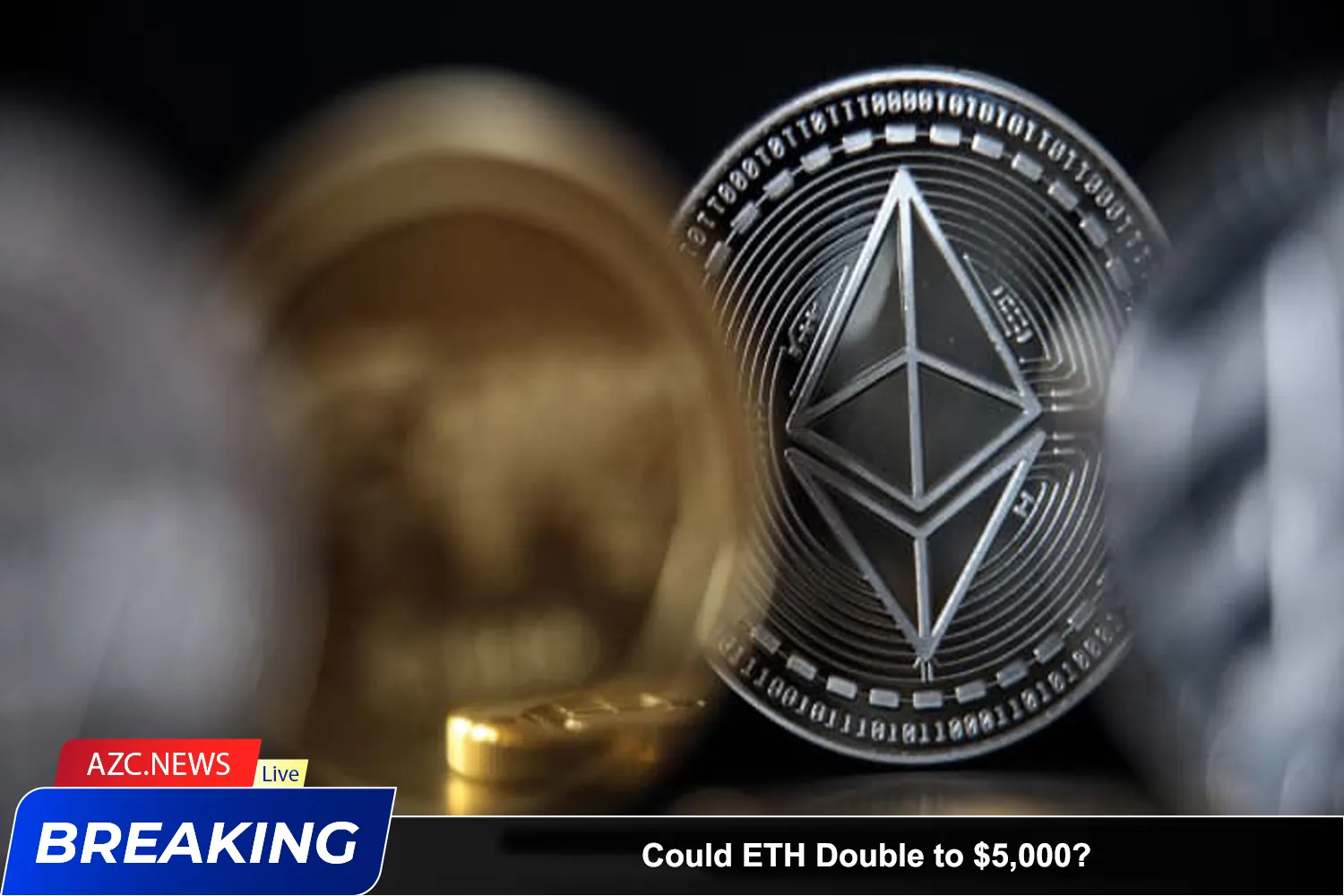What is Avalanche (AVAX)?
Avalanche is a protocol built with the intention of providing better interoperability and implementation for developers.
Specifically, Avalanche uses a multi-chain infrastructure to provide a trustless platform for developers.
The protocol acts as a payment system, supporting the latest DeFi features. Includes the ability to create individual threads for each application.
As such, Avalanche aims to improve the DeFi application development and deployment experience through a flexible multi-chain infrastructure.
What is Polkadot (DOT)?
Polkadot is a Layer 1 blockchain built to improve the shortcomings of Ethereum. The protocol was developed by Gavin Wood – co-founder of Ethereum. He left Ethereum in 2016 with the goal of creating a more scalable and efficient blockchain.
Polkadot accomplishes the above goal by adopting a sharded design and adding new features. Thus, Polkadot was born to overcome the limitations of Ethereum, providing a more scalable and efficient blockchain platform.
What problem was Avalanche built to solve?
https://www.avax.network/
Avalanche entered the market with a specific goal. The network helps solve some of the big problems facing developers.
First, Avalanche reduces concentration. For many years, Ethereum was the only smart contract programming network. Avalanche offers a more energy efficient, lower cost and scalable alternative.
Thus, Avalanche was born with the purpose of solving the problems of developers, creating a better alternative to Ethereum.
Obstruction
Avalanche has ensured scalability for initial networks through a multi-chain approach. Specifically, the network has reached a speed of 6,500 transactions per second, a significant increase compared to Ethereum’s 30 tps. Additionally, the unique consensus protocol enables sub-second confirmation times.
Developer Onboarding
In the past, migrating to new networks was often difficult due to programming languages and technical barriers. Avalanche eliminates this problem by allowing the use of multiple virtual machines, making it easy to migrate Dapps without recoding.
Avalanche makes it easy to develop digital assets, networks, and smart contracts with low operating costs. Developers can build custom Dapps to meet requirements.
What problem was Polkadot built to solve?
https://polkadot.network/
Polkadot was built to provide an Ethereum alternative to the cryptocurrency market. Gavin Wood realized early on that the bottlenecks and developer limitations on Ethereum would be a major obstacle in the future.
Polkadot offers lower fees to developers for creating assets, trading, minting tokens, and building blockchains compared to Ethereum. The protocol leverages the multi-chain ecosystem to improve interoperability. The protocol allows data access from both public and private chains. This is done through bridges.
Thus, Polkadot was born to solve Ethereum’s problems. Polkadot creates better development conditions for blockchain developers.
Cost structure
Polkadot helps solve the problem of Dapp operating costs. Many Dapps do not need a constant connection to the blockchain to function properly. For these Dapps, using Parathreads can provide significant cost savings. Parathreads are networks built specifically on a pay-as-you-go model.
Thus, Polkadot helps reduce Dapp operating costs through a flexible paid Parathreads model. This is suitable for Dapps that do not require a constant connection to the blockchain.
How does Avalanche work?
Looking at Avalanche, you notice the network consists of 3 separate blockchains for improved functionality.
The main component is the subnet, where new chains are built. This layer provides flexibility to developers in terms of fee structures, tokens, and consensus mechanisms.
-
The X-chain layer is where users create new digital assets such as NFTs, stablecoins, utility tokens. Assets can take advantage of DeFi features like staking.
-
Chain C supports full interaction with Ethereum tools and features, making the transition from Ethereum easier.
-
P-Chain maintains Avalanche’s core functions such as creating subnets, monitoring existing systems, and coordinating validators.
How does Polkadot work?
Polkadot uses a different style to achieve its goals. The network can be divided into Parachains and Parathreads.
Parachains are independent chains built on Polkadot. Parachains have their own control over consensus and governance mechanisms. They are ideal for commercial purposes.
Parathreads are pay-for-use networks within the Polkadot ecosystem.
Polkadot has a bridge protocol that allows connection and communication with external networks such as Bitcoin. This is very useful, saves time and provides many features for Dapps.
Tokens
AVAX is a utility token for Avalanche with a limited supply of 720 million tokens. AVAX is used to pay fees, transfer global value or staking to receive passive profits. Users stake AVAX to become validators on the network.
DOT is a utility token for Polkadot, popular among traders. DOT can be staked or used as cryptocurrency. DOT holders to participate in community governance on the network.
Thus, both AVAX and DOT are utility tokens for their networks, with similar functions in terms of fee payment, staking and governance.
Avalanche (AVAX) vs Polkadot (DOT)
Avalanche (AVAX) vs Polkadot (DOT) is a common debate that investors often encounter in the markets. After researching this issue thoroughly, you are ready to make an informed investment decision.
It’s worth noting that both AVAX and DOT have strong supporters. Therefore, it can be predicted that both will continue to develop and be widely applied.
Thus, choosing to invest in AVAX or DOT depends on each investor’s preferences and investment goals. Both are options worth considering.
 OMN
OMN  BTC
BTC  ETH
ETH  USDT
USDT  XRP
XRP  BNB
BNB  SOL
SOL  USDC
USDC  TRX
TRX  DOGE
DOGE 
